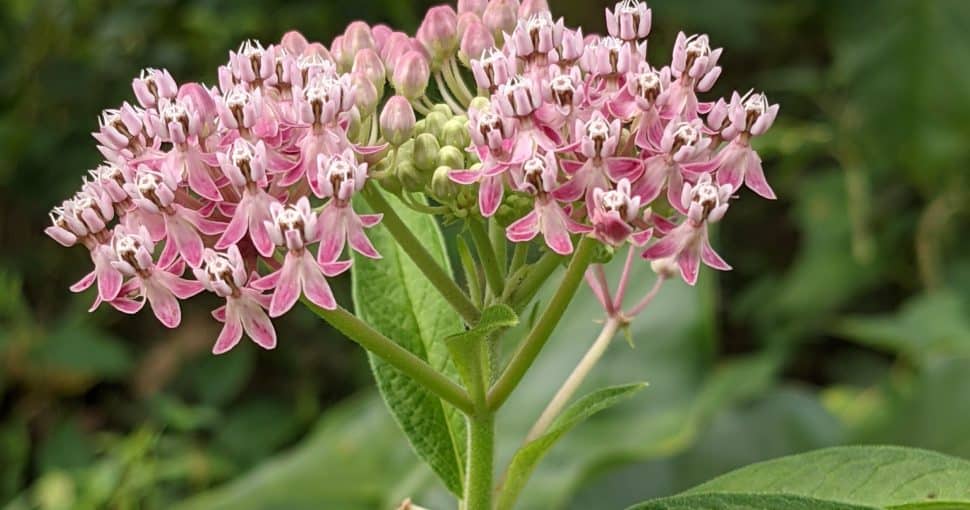Even though plants are an essential part of our world, and they add beauty, color, and uniqueness to diverse landscapes and are harmless for the most part, some of them can be poisonous to humans and livestock. Kentucky is home to many such attractive yet poisonous plants. Read on to discover 15 poisonous plants in Kentucky!
Contents
- 1. Poison Hemlock (Conium maculatum)
- 2. Poison Ivy (Toxicodendron radicans)
- 3. Poison Oak (Toxicodendron diversilobum)
- 4. Poison Sumac (Toxicodendron vernix)
- 5. Horsetail (Equisetum spp.)
- 6. Bracken Fern (Pteridium esculentum)
- 7. Great Millet (Sorghum bicolor)
- 8. Star of Bethlehem (Ornithogalum umbellatum)
- 9. Larkspur (Delphinium)
- 10. Dutchman’s Breeches (Dicentra cucullaria)
- 11. Klamath Weed/St. John’s Wort (Hypericum perforatum)
- 12. Dogbane/Indian Hemp (Apocynum cannabinum)
- 13. Swamp Milkweed (Asclepias incarnata)
- 14. Indian Tobacco (Lobelia inflata)
- 15. Golden Ragwort (Packera aurea)
Poisonous plants in Kentucky can be bothersome for stockmen, farmers, and unsuspecting families with kids and pets as they can cause many health issues in livestock, cattle, dogs, cats, horses, and small kids. If you are not aware of these plants and their symptoms, they can often go misdiagnosed and cause fatalities.
The Bluegrass State is home to a vast array of poisonous plants. Not all of them are so poisonous that ingestion will result in death, but they can cause a multitude of health problems, such as nausea, dermatitis, vomiting, muscle spasms, pupil dilation, shortness of breath, and more. It’s essential to diagnose the cause of the symptoms and seek appropriate treatment for coming into contact with or ingesting these plants.
Since Kentucky is a highly agricultural state, a lot of its landscape is farmland. Farmers in the Bluegrass State need to have an acute knowledge of the poisonous plants that can grow as aggressive weeds on their farmlands, so they can protect their crops, livestock, and themselves from accidental contact or ingestion. Plants such as Poison Hemlock, Dutchman’s Breeches, Poison Ivy, Horsetail, and more growing in Kentucky, can be poisonous to animals and humans.
Here are 15 types of poisonous plants in Kentucky:
1. Poison Hemlock (Conium maculatum)
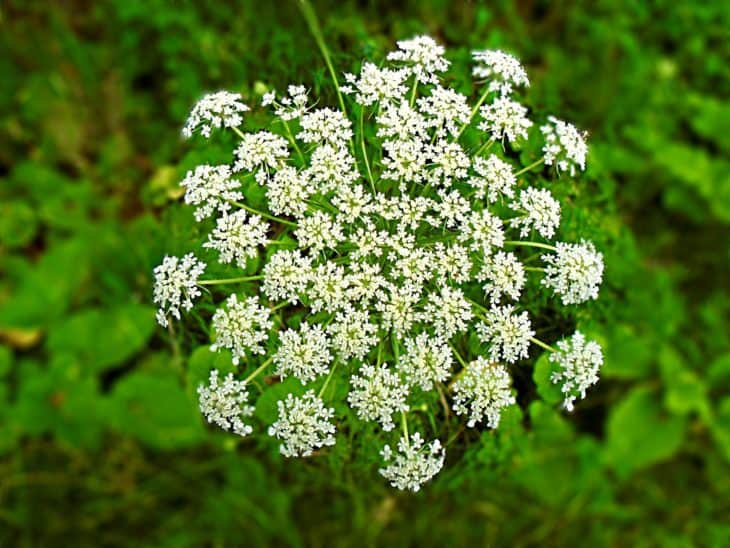
Poison Hemlock is a widespread, aggressively growing, and toxic biennial plant found growing along rivers, streams, and roadsides and in open sunny fields and vacant lots. This herbaceous, poisonous weed features follow stems with reddish-purple streaks, small white flowers that grow in umbrella-shaped clusters and fern-like, teethed, bright green leaves with a musty odor. Poison Hemlock contains the toxin coniine and other poisonous alkaloids. It should not be touched directly or ingested as it can cause paralysis, dizziness, pupil dilation, and death.
2. Poison Ivy (Toxicodendron radicans)
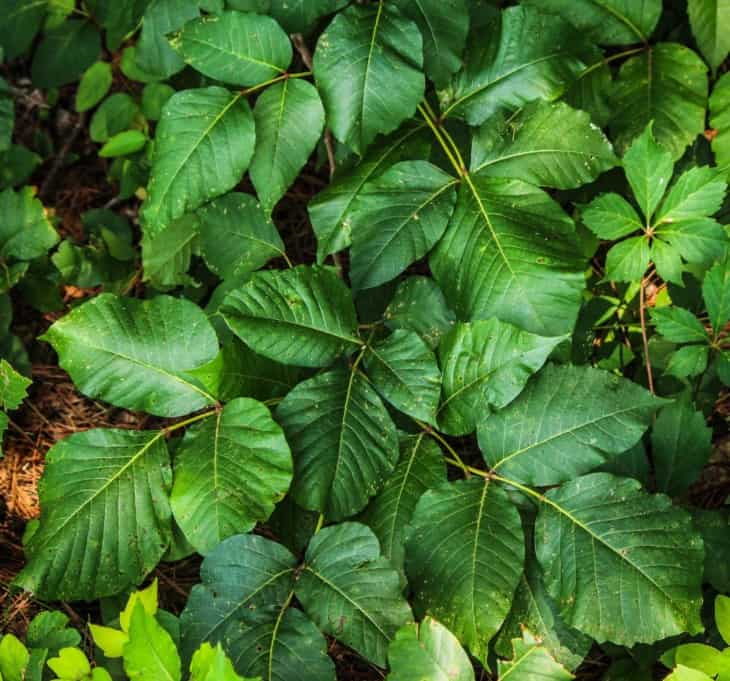
Native to eastern North America, Poison Ivy is a poisonous plant found throughout the United States. This plant can turn into a climbing vie or a low weed shrub, depending on how you grow it. Almost all parts of Poison Ivy contain urushiol, which can cause severely itchy skin and painful inflammation. This skin condition is known as dermatitis and is accompanied by oozing blisters. Poison Ivy has a variable growth and features yellow or green tiny flowers, hairy, lobed, teethed leaves that turn gorgeous shades of yellow, red, and orange in fall, and greenish drupes.
3. Poison Oak (Toxicodendron diversilobum)
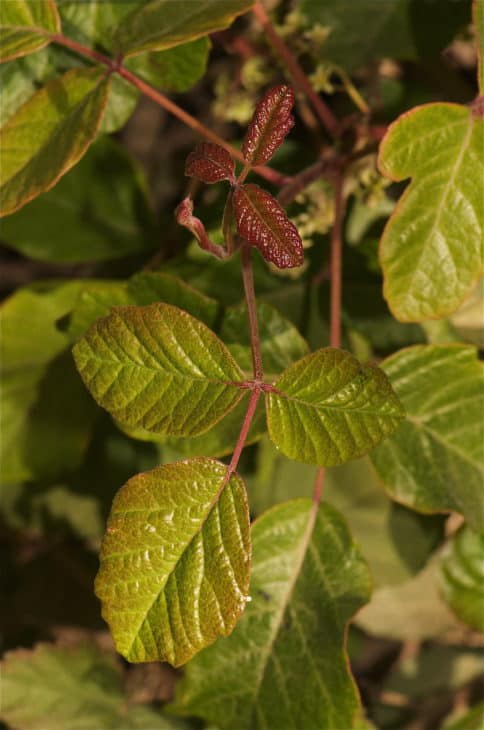
Poison Oka contains an allergen known as urushiol. Direct contact with its broken, damaged, or bruised leaves and sap can cause your skin to itch and develop painful blisters and inflammation. This plant is native to the southeastern US and Western North America. Atlantic Poison Oak is a relatively small shrub with hairy, three-lobed leaves with varying shapes. Pacific Poison Oak is a shrub or climbing vine with compound leaves that carry five-lobed leaflets.
4. Poison Sumac (Toxicodendron vernix)
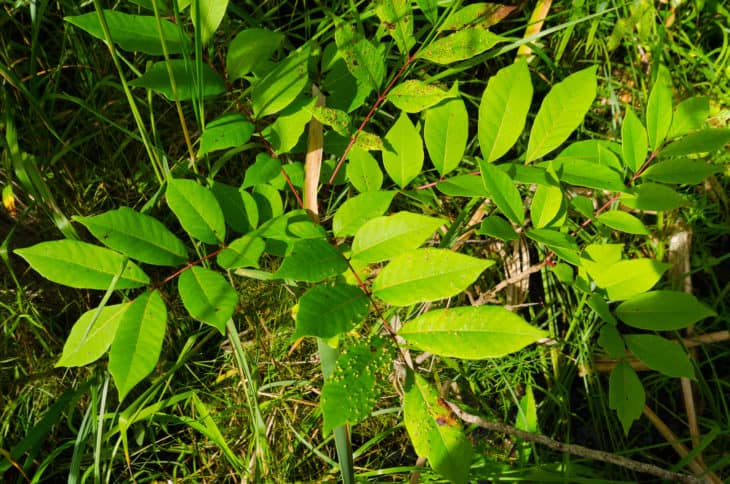
Poison Sumac is a woody shrub or tall, straight tree that grows in hardwood forests, swamps, and along rivers, streams, and ponds. Also known as Swamp Sumac, this plan contains an oily substance known as urushiol; it is highly allergenic and causes your skin to develop a rash, irritation, blisters, and itchiness. It can also cause your skin to swell up 8 to 48 hours after contact. Poison Sumac is identified by its v-shaped, elongated, velvety, smooth-tipped leaves and reddish stems. It features creamy white to gray, spherical fruits, and small, yellow-green flowers.
5. Horsetail (Equisetum spp.)
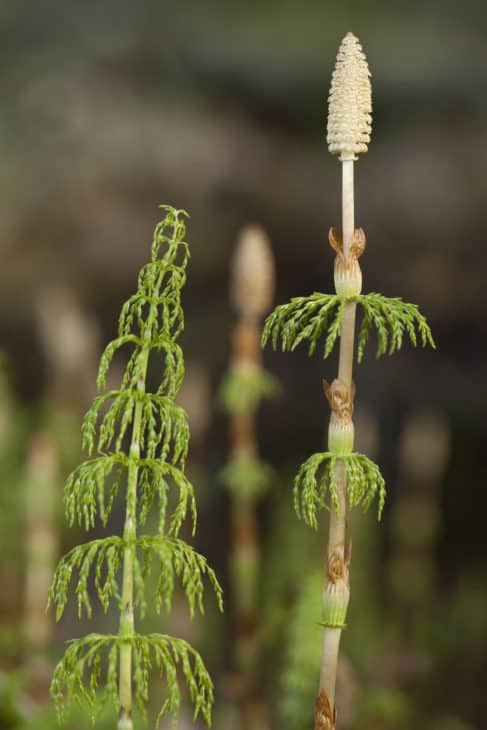
Also known as Scouring Rush, Horsetail has fifteen different species. This perennial herb grows in moist, rich soils throughout the world, except for Australia, New Zealand, and the surrounding islands. Some Horsetail species are evergreen with hollow, ridged, jointed stems and sheath-like leaves, while others produce cone-like clusters of spore capsules. This plant is poisonous to livestock, including horses and cattle. It can cause severe poisoning, leading to neurological and gastrointestinal issues.
6. Bracken Fern (Pteridium esculentum)
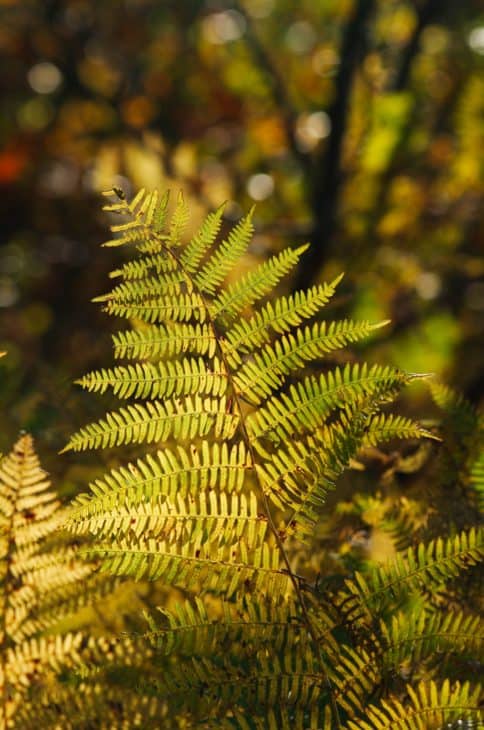
Bracken fern is a lower-story, a native plant that forms dense stands and features triangular, divided, shortly stalked, dark green leaves with finely hairy undersides and grooved margins. This non-flowering, resilient plant grows in marshy and sandy regions and offers shelter to pest animals. All parts of Bracken Fern are poisonous. Ingesting young Bracken can cause digestive tract cancer and breathing difficulties. In animals, it can cause internal bleeding and bladder cancer.
7. Great Millet (Sorghum bicolor)
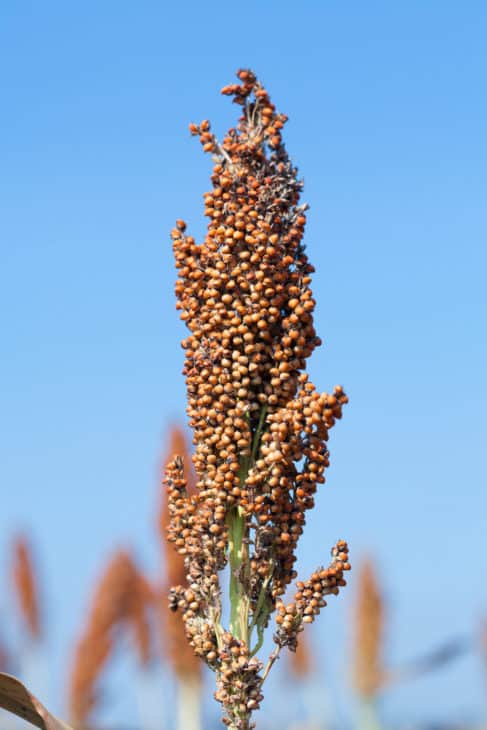
Also known as Broomcorn and Guinea Corn, Great Millet is an African native crop grass that grows all over the world. Typically, Great Millet is an annual plant, but some of its varieties are perennials. Its wild species have a ring of long hairs and spreading whorled branches. Sorghum bicolor produces prussic acid, and consumption of the young plant is poisonous to humans and animals. Its toxic nature can cause respiratory distress and fatality.
8. Star of Bethlehem (Ornithogalum umbellatum)
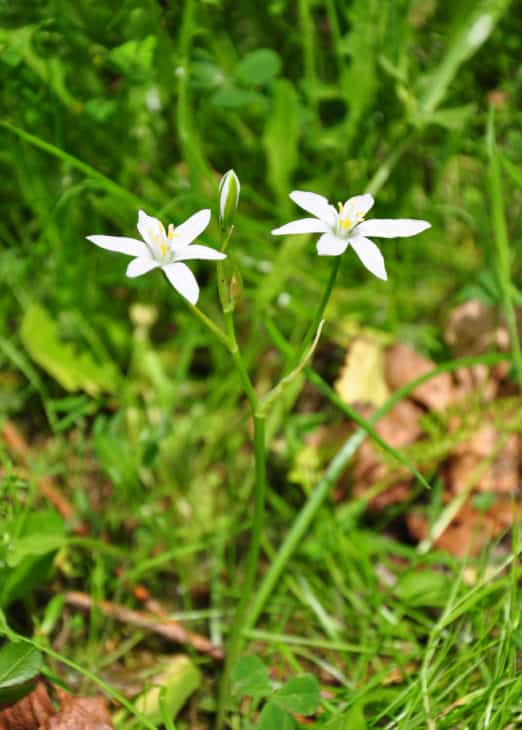
Star of Bethlehem or Star of David is a widespread plant in southwest Asia, Europe, and Northwest Africa. Even though it is a poisonous plant, it is known to have medicinal properties as well. All parts of the Star of Bethlehem can cause severe discomfort when ingested. They can cause dizziness, vomiting, nausea, elevated blood pressure, and burning of the lips. This bulbous perennial features low-growing, strap-shaped leaves, and cup-shaped or star-shaped, yellow, orange, or white flowers.
9. Larkspur (Delphinium)
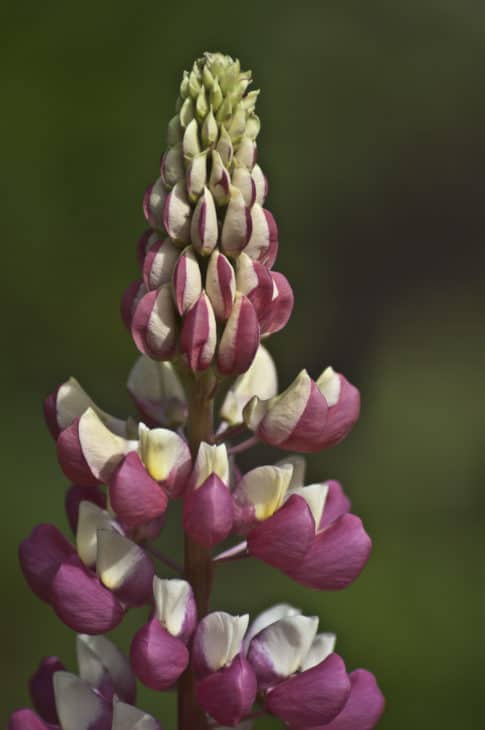
Larkspur is divided into three groups on the basis of its height and geographic location – the low larkspur, tall larkspur, and plains larkspur. It typically grows in areas with rich, deep soils. Low larkspur grows on grassy hillsides and features alternate, divided leaves, hollow stems, and blue blossoms. Tall larkspur grows on hillsides and in meadows and has spurred blue blooms and broad, deeply lobed leaves. All parts of this plant are poisonous, and ingestion can cause weakness, salivation, bloating, nausea, muscular twitching, pulmonary congestion, and death.
10. Dutchman’s Breeches (Dicentra cucullaria)
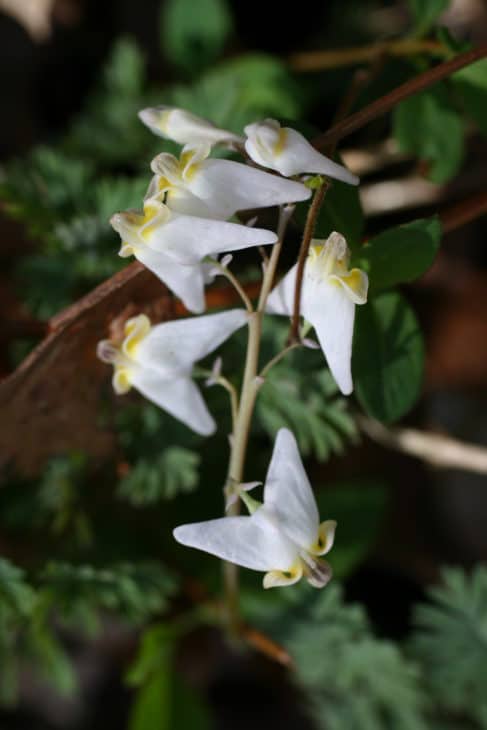
Dutchman’s Breeches is an herbaceous perennial also known as Little Blue Staggers and Bleeding Heart. It’s native to the eastern US and is rarely found in the Pacific Northwest. The western variety is coarser than its eastern counterpart. This plant features white or pink blooms that resemble a pair of upside-down pantaloons. It also has finely compound, fern-like leaves and rice-like seed bulbs. All parts of this plant contain highly toxic alkaloids that can cause weakness, vomiting, convulsions, and other illnesses upon ingestion.
11. Klamath Weed/St. John’s Wort (Hypericum perforatum)
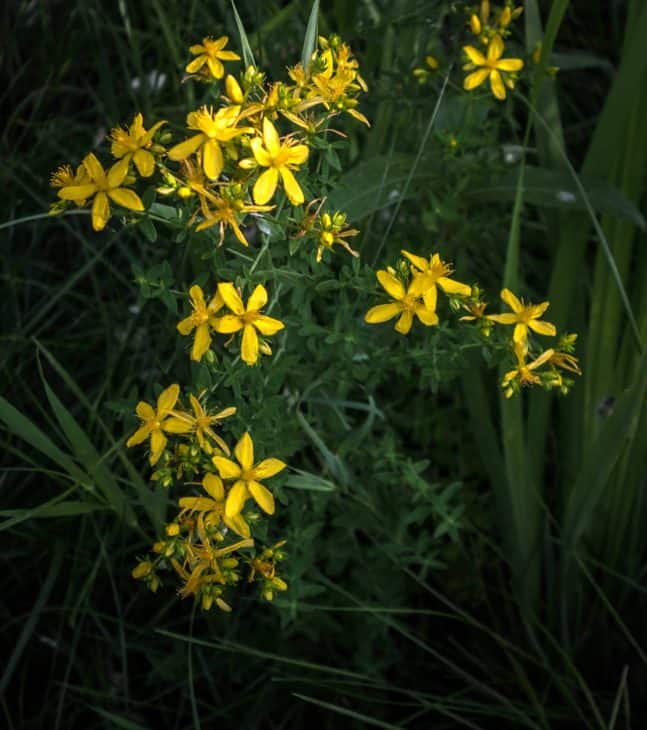
Klamath weed, also known as Saint John’s Wort, is a native of tropical and temperate regions and is considered a noxious, invasive weed in Australia, South Africa, and North and South America. It features whorled, opposite leaves with smooth margins and yellow blooms with five petals and stamen bundles. It also develops dry capsule-like fruit. This weed is poisonous to both humans and animals. Contact and ingestion cause behavioral changes, fatality, photosensitization, skin rash, convulsions, open sores, elevated heart rate, diarrhea, spontaneous abortion, and even blindness.
12. Dogbane/Indian Hemp (Apocynum cannabinum)
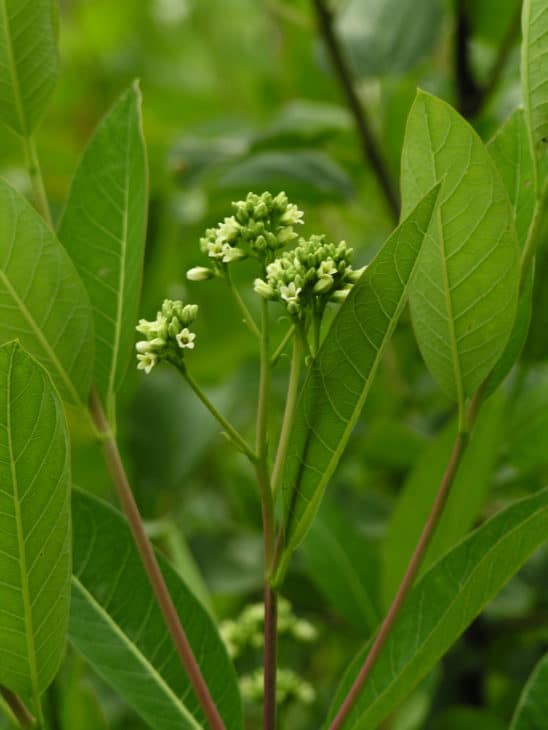
Dogbane or Indian Hemp is a strong plant with an erect, purplish stem and ascending branches. It features long, oval, smooth-edged leaves with a white or yellowish-white coating and small, cream-hued blossoms that grow in clusters at branch ends. It also grows tufted seeds in spindle-like pods. If left unattended, this plant can grow into an aggressive weed. All parts of Dogbane are highly toxic in fresh and dry forms. They can be fatal when consumed as they cause cardiac arrest.
13. Swamp Milkweed (Asclepias incarnata)
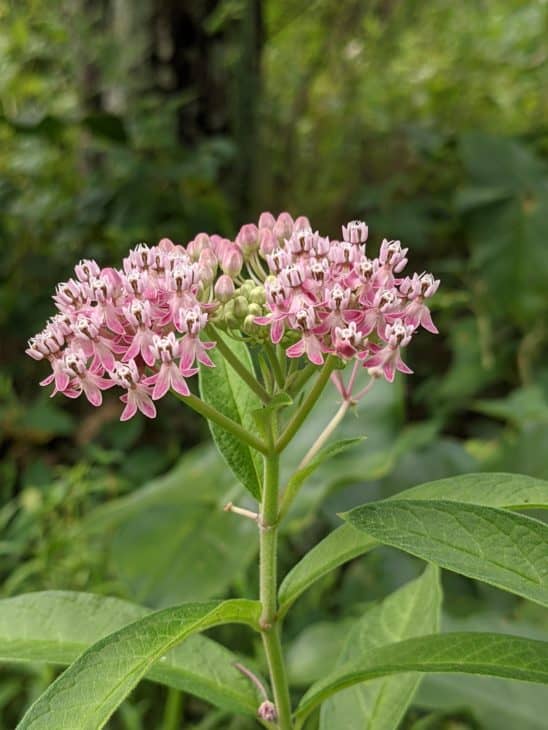
Swamp Milkweed is a showy perennial that grows in swamps, bogs, marshes, and along streams and ditches with sunny openings. It features large, terminal, bright clusters of small, rose-purple to light purple blooms. Swamp Milkweed has tall, branching stems that carry several lanceolate, narrow, opposite leaves and elongated, tan-brown seeds. Its foliage turns purplish in fall. All parts of this plant are toxic and can cause you to develop various symptoms, such as weakness, spasms, vomiting, and stupor, when consumed in large quantities.
14. Indian Tobacco (Lobelia inflata)
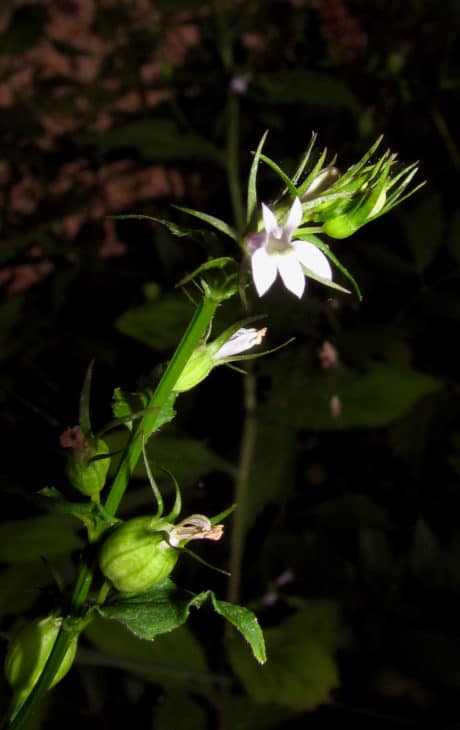
Indian Tobacco is an annual plant native to North American open woodlands, fields, and roadsides. It features leafy flower spikes that grow small, pale blue, lavender, or blue-violet blossoms and inflated oval fruits. This plant grows broadly oval, toothed basal leaves with narrow, slightly hairy stems. Indian Tobacco contains various alkaloids that make it quite toxic. Consuming this plant can result in vomiting, nausea, weakness, dilated pupils, convulsions, exhaustion, diarrhea, salivation, and even coma.
15. Golden Ragwort (Packera aurea)
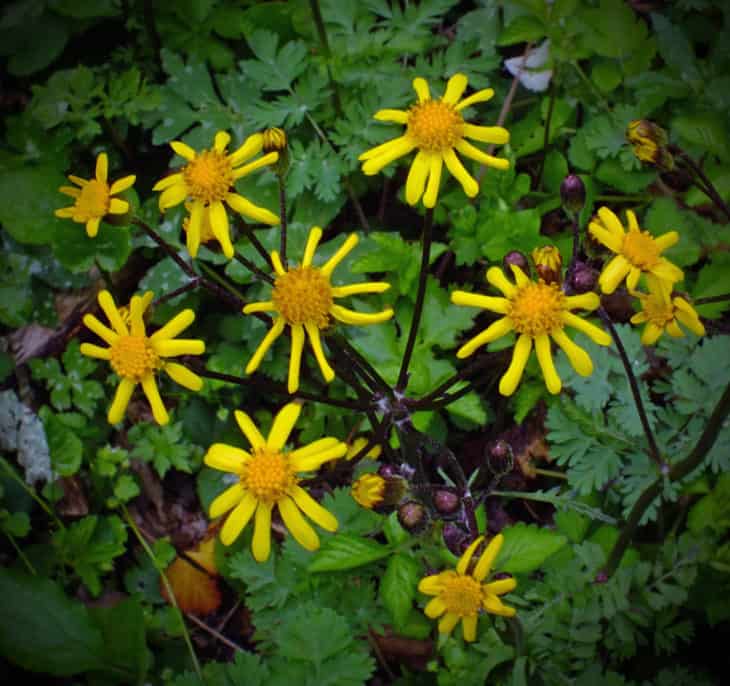
Golden Ragwort is a perennial herb with evergreen, heart-shaped, dark green basal leaves with purple undersides. It features thick, stout basal offshoots and erect flowering stems that grow daisy-like, attractive deep yellow-golden flowers. Golden Ragwort has poisonous leaves that contain toxic alkaloids that can cause skin irritation upon contact. Ingesting the leaves can also result in liver toxicity. You might want to look for a Ragwort alternative instead.

